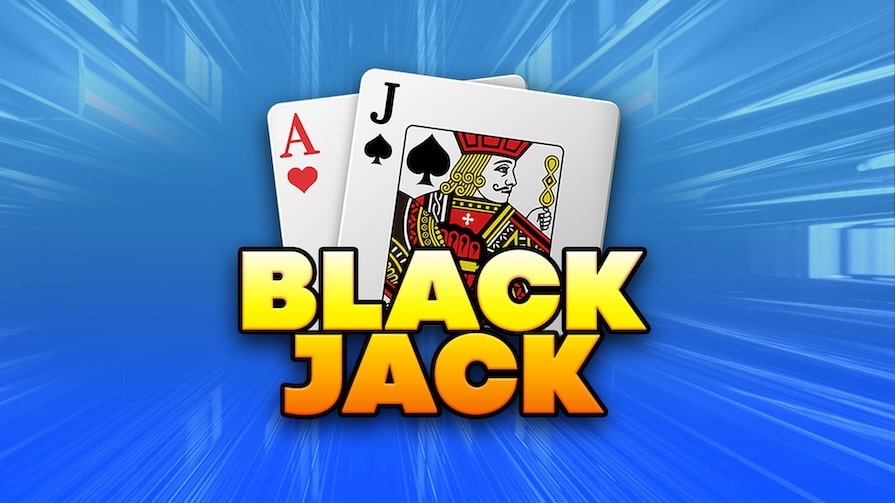

Blackjack, also known as “Twenty-One,” is considered to be one of the most honest casino games. The house’s advantage at the table generally does not exceed 0.5%. The outcome of each round depends not only on luck but also on the decisions made by the player. In other types of gambling entertainment once the bets are placed, the player typically becomes a mere spectator, but that is not the case in blackjack!
The History of the Game
The exact origins of blackjack are not known, with several theories existing about its emergence. One popular story traces the game back to 17th-century France, where it was called “vingt-et-un” (twenty-one). The objective was to reach a total count of cards as close to 21 as possible without going over.
In the early 19th century, the game made its way to the United States with French settlers in New Orleans, where it was renamed “blackjack,” referencing the black Jack (jack of clubs or spades).
Gambling was legalized in Nevada in 1931, and casinos began offering blackjack alongside poker and roulette as one of their main attractions. Since then, the rules have evolved, but the core concept has remained the same.
Rules of Blackjack
A standard deck of 52 cards is used for blackjack. In casinos, 6 to 8 decks are often played simultaneously.
The playing table is shaped as a half circle, designed to seat up to 7 players plus the dealer, who sits opposite the players.
Bets are placed using chips, with limits set by the table. The minimum bet typically starts at $5, while the maximum limit is determined by the casino, usually no less than $1,000.
Cards are counted as follows:
- From 2 to 10 – according to the suit.
- Jack, Queen, King give 10 points.
- Ace is either 1 or 11 depending on the player’s wish.
A total of 21 points or a number as close to it as possible (without exceeding it) is considered a winning hand. Going over 21 points results in an automatic loss.
The dealing begins with players placing their bets, then each player is dealt two open cards, and the dealer receives one open card and one card that is facing down.
After receiving the initial two cards, the player has the following options:
- Get another card (hit).
- Sticking with the current cards in the hand (stand).
- Doubling the stake and take one final card (double down).
- Split the original pair of cards into two hands (split).
Sticking with the current cards in the hand (stand) is advisable when your total is at least 17 points and the dealer’s open card is weak, with a value of 2-6. Beginners often make the mistake of trying to take another card when they already have a sufficient number of points — this carries a high risk of going over 21 and losing automatically.
Getting another card (hit) is a good idea when your total sum is 11 points or less. It is also beneficial if the dealer’s open card is 7-10.
If you have an Ace, it should be counted as 11 points unless doing so would cause a bust, in which case it counts as 1 point—especially if your current hand totals 10 or more.
Doubling the stake and taking one final card (doubling down) after the initial two cards allows for a significant increase in potential winnings in case of a strong hand: if you have 11 points, 10 points when the dealer’s open card is weak (2-6), or 9 points if the dealer shows 2-3. After doubling down, only one additional card is dealt, and the player cannot take any more cards.
Splitting the original pair of cards into two hands (splitting) a pair into two hands is advisable when you have a strong combination, such as face cards (Ace, King, Queen or Jack) or tens. Keep in mind that the initial stake is doubled when splitting.
If the dealer’s open card is an Ace or a ten, players have the option to insure their bets against the dealer’s blackjack by placing a bet equal to half of the original wager. In the event the dealer has a blackjack, the insurance pays out at 2 to 1 rate.
The dealer is required to draw additional cards until reaching a total of 17 or more points.
Additional Bets
In addition to the basic payout rules (1 to 1 for a win, 3 to 2 for a blackjack), there are side bets available at the gaming table. The vast majority of these are highly disadvantageous for players due to the casino’s upper hand, which can reach 10-15%. Therefore, it is advisable to avoid them.
These include:
- Progressive payout for Aces,
- Bonus blackjack with a jackpot of 21 points,
- Perfect pair of cards of the same rank,
- Super Sevens with a payout up to 5000:1,
- 21+3 with poker hands,
- Higher/lower than 13 points,
- Royal marriage payout of 10:1 for a Queen and King of the same suit,
- and others.
Important! Do not use side bets if you are aiming for the lowest house edge.
Variants of Blackjack
The game has at least 7 different variations. If you’re tired of classic blackjack, tables with unique rules will be a great alternative.
Pontoon or British blackjack allows increasing bets during the game, offers double payout for a 5-card hand totaling 21 or less. Switch offers players to swap cards, reveal both dealer cards, or surrender at any moment.
Spanish blackjack combines features of local Atlantic City rules: 8 decks without tens, additional bonuses, and opportunities for players.
Pitch, also known as single-deck blackjack, gives players a clear advantage due to the simplicity of card counting. Multi-hand blackjack, similar to video poker, allows playing simultaneously in multiple boxes at a single table.
Switch
The primary distinction from classic blackjack is that the participant plays two hands simultaneously, with the ability to swap the top cards between them. The game utilises a minimum of eight 52-card decks.
Bets in Switch are placed on both boxes simultaneously, thereby doubling the total stake. A player may purchase a maximum of three boxes, in accordance with the table limits.
Following the placement of bets, the dealer hands out four face-up cards to each of the player’s boxes (two cards per hand) and one face-down card to themselves. A player can land a blackjack immediately after this initial dealing.
Switch features a special side bet, which wins if the first four cards in a box form a winning poker combination, offering payouts ranging from 1:1 to 40:1.
Otherwise, the rules remain classic: the player may hit, split, or double down. A player may insure their bet for 50% against a dealer’s ace. The winner is the hand closest to, but not exceeding, 21 points.
British Pontoon
This variant features a unique combination known as a ‘Pontoon’, which pays 2:1 instead of the traditional 3:2. A Pontoon is formed when a player’s first two cards are an Ace and any ten-value card. This constitutes the strongest opening hand and guarantees an immediate win.
Alternatively, players can form a ‘Five-Card Trick’ by drawing three to five cards that total twenty-one. All other winning hands are awarded at 1:1.
Spanish Blackjack
A significant difference from the traditional version is that in Spanish blackjack, all high-value cards (tens, jacks, queens, and kings) are removed from the deck. The deck is reduced to 48 cards, which alters the odds and payouts compared to standard blackjack.
The absence of 10 point cards makes the game more challenging for players. Due to the modified deck and additional bonuses, the house edge is up to 0.8%.
Chinese Blackjack
In Chinese Blackjack, all players compete against the dealer, who represents the casino. Card values are identical to the classic game, with the notable exception of Aces.
The value of an Ace in Chinese Blackjack fluctuates based on the player’s total number of cards. With a two-card hand, an Ace can be worth either 10 or 11 points. When holding three cards, an Ace counts as either 1 or 10. With four or more cards, an Ace is always valued at 1 point.
A player’s options for their turn are similar to standard blackjack: they may choose to draw an additional card or stand.
A crucial distinction, however, is that certain initial hand combinations are considered as instant wins:
- Ban-Ban (Two Aces): This hand is an immediate winner against the casino, paying at the generous odds of 3:1. Should the dealer also reveal a Ban-Ban or a No Man’s Land, the bet is reimbursed.
- Ban-Luck (Ace and any ten-value card): This combination pays 2:1, provided the dealer does not hold an identical hand or a Ban-Ban.
- No Man’s Land (A total of 15): With this total, a player may choose to either continue the game or reclaim their original wager. The dealer adheres to the same rule; upon achieving a total of fifteen, they may elect to proceed or fold, thereby commencing a new round.
- 5-Dragon (Five cards totalling 21 or less): A five-card hand that does not exceed twenty-one is rewarded. If the total is under 21, it pays 2:1. If the total is precisely 21, the payout is enhanced to 3:1.
If the dealer has fewer than 16 points, they are obliged to take another card. However, with a total between 16 and 20, the dealer may reveal some of the players’ cards before deciding whether to take additional cards or stand. If the dealer hits exactly 21, all players lose their bets. If the dealer busts, all players win their bets.
The most unfavorable situation occurs when the dealer gets a 5-Dragon hand. If the total is less than 21, players pay the dealer double their bet. If the dealer hits exactly 21 with 5 cards, players pay triple their bet.
Buster
The main rules remain the same as in traditional blackjack. A distinctive feature not present in any other variation is the “Buster” side bet, which pays out if the dealer busts.
Up to 5 hands can be played at the table. For each placed bet, there is an additional “Buster” side bet. The more cards the dealer has in their busting hand, the higher the payout. In the best-case scenario, if the dealer busts with 8 or more cards and the player has a blackjack, the payout can reach 2000:1.
California
In accordance with California state law, casinos, in the traditional understanding of the word, are prohibited. An exception exists, however, for card clubs where games with modified rules are permitted.
The uniqueness of California Blackjack in these clubs lies in their inability to act as the bank, unlike a casino. Instead, the clubs hire third parties who assume the role of the banker. These entities fund the game, receiving its profits or absorbing its losses. The clubs themselves generate revenue by charging a commission on every wager placed.
The gameplay process for participants differs little from classic blackjack. The objective remains to achieve a total of twenty-one, or a number closer to twenty-one than the dealer’s, without exceeding it.
The specific rules of California Blackjack can vary from one establishment to another. Some adhere to standard conventions, while others introduce various modifications, including the use of jokers in the deck. A joker may serve as a substitute for any card or possess a fixed value, such as two or twelve points. Players may also take turns acting as the dealer who distributes the cards.
Pitch
Rather than employing a dealing shoe, the dealer holds the deck in hand and ‘pitches’ the cards to each player in turn. Dealers undergo extensive training to master this pitching technique, ensuring the cards land neatly face-down directly in front of the participants.
Pitch Blackjack utilises one or two decks, a stark contrast to the six or eight decks common in most other variants.
The minimum bets in Pitch Blackjack are substantially higher than in the standard game. The casino anticipates that players will attempt to track the remaining cards with fewer decks in play and raises the minimum wager to offset this potential erosion of its house edge.
The manner of handling cards also differs. Players are permitted to pick up their cards, and their values remain concealed from others until the conclusion of the hand. This characteristic further complicates the process of card counting.
Effective Strategies for Blackjack
Playing according to the optimal strategy table for all possible table scenarios is the key to reducing the casino’s advantage to a minimal 0.36%. The basic strategy is based on mathematical analysis of millions of played hands.
To gain an additional edge, players count cards. This allows them to adjust their bets based on whether high cards (tens and aces) are more prevalent or if the remaining deck is rich in low cards. When the count indicates an abundance of tens and aces, the probability of getting a blackjack increases—so players tend to increase their bets in these situations.
For card counting, various systems are used that assign numerical values to cards—from simple “plus-minus” methods to more advanced techniques like the Thorp system. These systems help players estimate the changing composition of the deck and make strategic betting decisions.
“Martingale” Strategy
This mathematical model involves doubling the bet after each loss. The goal is to recover previous losses and end up in profit.
The use of the classic Martingale system is risky because of the following reasons:
- Casinos enforce a maximum bet limit, which prevents the infinite doubling of lost sums. Most commonly, one can only double their stake 10 to 15 times consecutively.
- Sequences of 10 to 15 consecutive losses in blackjack are a common occurrence. Starting with a $1 wager, a player would be required to bet $32,768 after the 15th loss. Such a streak of misfortune rapidly depletes one’s bankroll.
The classic Martingale system in games of pure chance is ultimately doomed to fail.
A safer approach is to employ the “Anti-Martingale” method. This system dictates that the entire sum won is wagered in the subsequent round, albeit with a lower multiplier—typically 1.5x. This strategy allows a player to capitalise on a streak of 5-6 consecutive wins, thereby significantly increasing their funds.
Attention! The risk of losing profits remains. To avoid losing the winnings from six previous wins on a seventh hand, it is imperative to predetermine a target sum at which to conclude the session.
“D’Alembert” Strategy
Unlike the Martingale system, the subsequent wager is increased according to an arithmetic, rather than a geometric, progression. This renders the strategy considerably less risky.
The mechanism behind this strategy:
- After a win, the bet is reduced by 1 point.
- After a loss the bet is increased by 1 point.
This system proves effective when wagering on events with roughly equal odds. Consequently, the D’Alembert method is also utilised in sports betting, roulette, and baccarat. The initial wager should constitute 1-2% of the total bankroll.
The strategy is best employed with odds close to 2. Some players even apply it to bets with odds around 3, though this carries a heightened risk of a losing streak.
The “Counter D’Alembert” system operates in the opposite manner. The stake is decreased by one unit following a loss, but is increased by one unit after a win. This approach offers greater resilience against unfavourable sequences.
“Plus-minus” Counting Method
A particular numeric value is assigned to each exposed card:
- Cards from 2 to 6 contribute a value of +1.
- Cards from 7 to 9 are ignored, adding 0.
- Cards from 10 through to the Ace subtract a value of –1.
A higher cumulative total of these values indicates a more favourable advantage for the player. Consequently, the player is inclined to become more active—increasing both the frequency and size of their wagers. The system is inherently balanced; within a standard 52-card deck, the sum of all assigned values will invariably equal zero.
“Wong Halves” Counting Method
The method was explained by Stanford Wong in his book “Professional Blackjack”. His system is considerably more complex than the “Plus-Minus” approach, as it assigns a fractional value to each card.
To simplify the calculation process, some players multiply these values by two, thereby working with whole numbers.
As with the previous system, the cumulative value of the exposed cards allows for the calculation of the expected return. This method provides a more precise count by accounting for subtle nuances of the state of the deck.
“Thorp’s” Counting Method
The development of card counting systems for blackjack marked a revolutionary moment in the history of gambling. The pioneer in this field was Edward Thorp, who introduced his card tracking system in 1962.
Thorp’s method was based on assigning each card in the deck a unique numerical value, ranging from -12 to +5. These values reflected the relative worth of each card to both the player and the casino. By continuously tracking the remaining cards and calculating the sum of their values, a player could determine when they had gained a statistical advantage over the house.
Although Thorp’s method required significant effort and concentration for accurate counting, it proved highly effective, enabling players to achieve a consistent positive expected return against the casino.
How Do Casinos Respond to Card Counting
Ever since the first counting systems emerged in 1962, casino operators have implemented measures to negate the advantage of card counters.
Initial attempts to restrict splitting and doubling down proved unsuccessful, as they led to a significant exodus of players. However, subsequent innovations substantially complicated the counting process.
The use of multiple decks, up to ten simultaneously, became a major obstacle to successful counting. Dealers transitioned to using special plastic boxes, known as “shoes”, to manage the dealing of such a large number of cards. Furthermore, casino owners introduced a rule whereby the dealer’s hand, consisting of two or more cards, would be discarded face-down without being revealed, preventing players from seeing the discarded cards.
Dealers were also instructed to shuffle the decks more frequently, forcing counters to restart their calculations. Drastic changes in bet sizes could also attract the attention of casino staff.
If a player, despite all these restrictions, continued to win consistently, the casino would intensify its surveillance. In extreme cases, the “lucky” individual might be escorted from the premises and banned from the establishment. Security services maintain databases of known counters and can identify them by sight.
Lone individuals are quickly identified in a casino, which is why players began forming teams. The famous group from the Massachusetts Institute of Technology successfully beat Vegas for several years before being exposed. Their story formed the basis of Ben Mezrich’s bestseller and the popular film “21“.
The inception of team counting is attributed to Al Francesco. He used a group of auxiliary players to scout for favourable odds and brought in “whales”—undercover high-rollers—to place large bets at the opportune moment.
Uston, one of Francesco’s first “Big Players”, was such a brilliant counter that he sometimes struggled to control his ego. His autobiography revealed the details of the operation, dooming the team to collapse.
In the 1980s, the legendary MIT team revived the concept, relentlessly cleaning out the halls of Atlantic City. Unlike the pioneers, they utilised multiple “whales”.
The MIT conspirators were exposed by casino security. Initially, the players’ home addresses were identified. It was later discovered that the “counters” had all attended the same school, as proven by group photographs. Since then, the faces of these “crooks” have been on the blacklists of Las Vegas casinos and many gaming establishments worldwide.
The story of how Fred Smith saved FedEx from bankruptcy at a blackjack table.
In 1973, Fred Smith founded Federal Express, a company specialising in express parcel delivery. While the business was moderately successful, it soon encountered severe financial difficulties. Banks refused FedEx further credit, and without funds, the company could not afford fuel for its aircraft.
Finding himself in a desperate situation, Fred Smith made a perilous decision. He took the company’s last $5,000 and travelled to Las Vegas to gamble. This was his final chance to save FedEx from bankruptcy. Fortunately, luck was on his side—he won $27,000 at a blackjack table. This money was sufficient to cover their immediate bills and allow the company to continue operating.
This audacious gamble enabled FedEx to survive its most challenging period and subsequently evolve into a global leader in logistics. Today, the company provides a comprehensive range of parcel delivery, freight, and other logistical services worldwide. The story of Fred Smith and his desperate wager in a casino continues to inspire entrepreneurs to persevere through adversity.
Advice From Professional Blackjack Players
The game appears simple, yet it demands an understanding of mathematical probabilities. Even seasoned gamblers, swayed by emotion, frequently commit typical errors and forfeit their advantage.
Let us examine common player misconceptions:
- The fear of going bust. Novices often fear losing by taking an additional card with a hand totalling 12-16 points. Mathematical calculations demonstrate that taking an additional card in these situations is statistically advantageous for the player.
- Contested 17+ points. Refrain from drawing another card once you have assembled even a minimal winning combination.
- Imitating the dealer’s actions. The dealer’s role is to represent the house’s interests, not to win personally. Copying the dealer’s playing style erodes the player’s advantage by up to 5.5%.
- Accepting insurance. This is an unfavourable side bet for the player, which only increases the casino’s inherent edge. Always decline insurance if you are employing a strategic approach.
- The best hands after 21 and 20. The next strongest is 19, but the third-best starting hand is actually 11. This is because the player, upon drawing, risks nothing while maintaining a high probability of achieving 21. With one more card, there is a 46.2% chance of reaching 19 or 20 points, and a 30.8% chance of hitting 21.
- The fear of the dealer’s hidden 10 card. In reality, the probability of the dealer holding a ten is no greater than that of any other card value.
- A push means the dealer wins. This is a common misconception among beginners. In casino blackjack, when a push (tie) occurs, the player retains their original wager.
Success in blackjack hinges on mathematically sound decisions, not emotion or intuition. Employing basic strategy reduces the house edge to a minimal 0.36%.
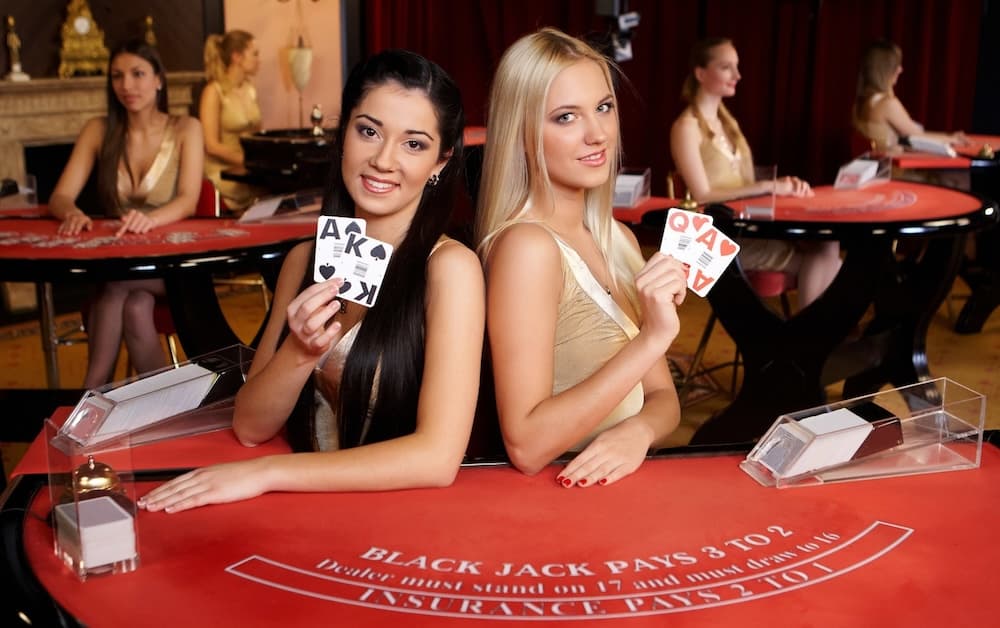


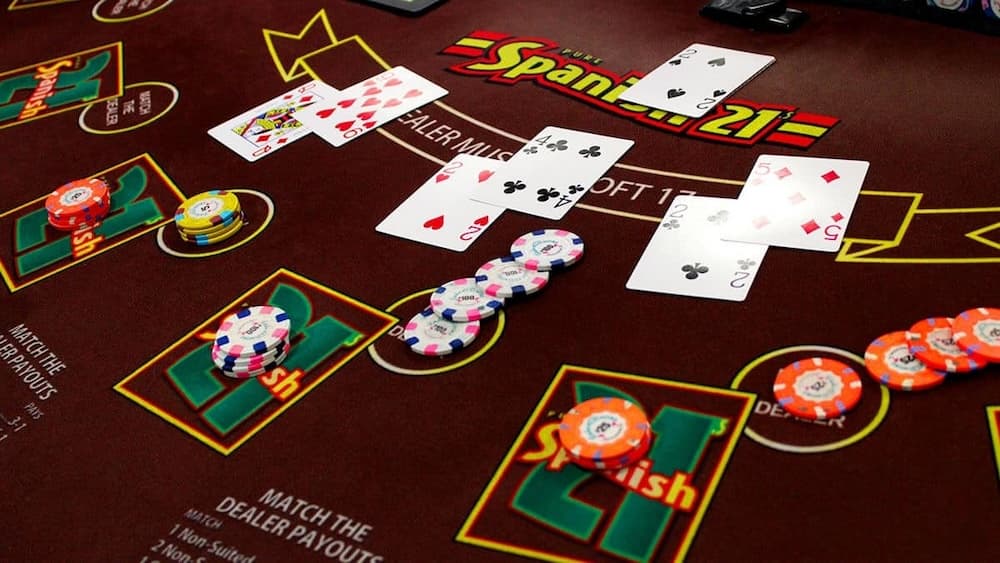
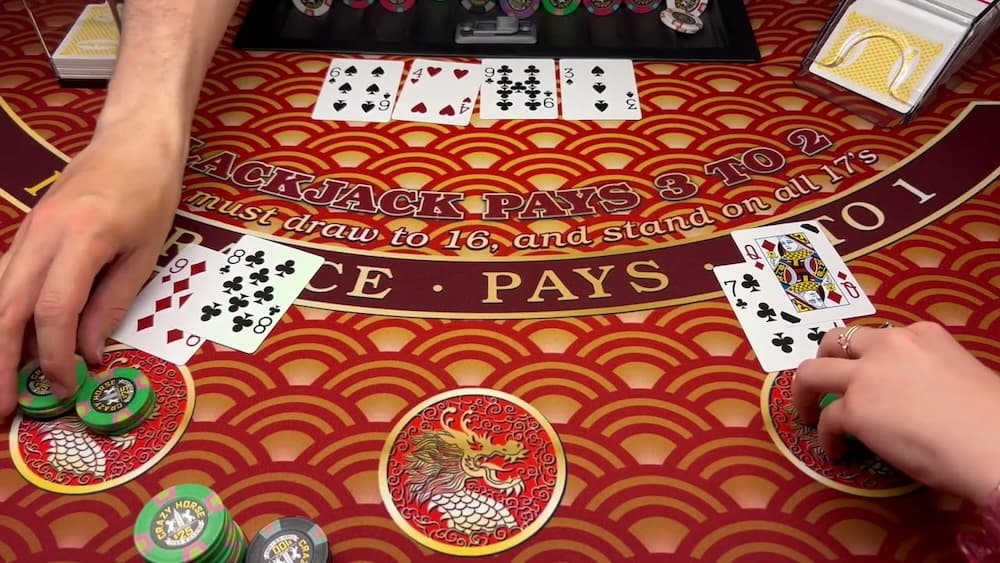


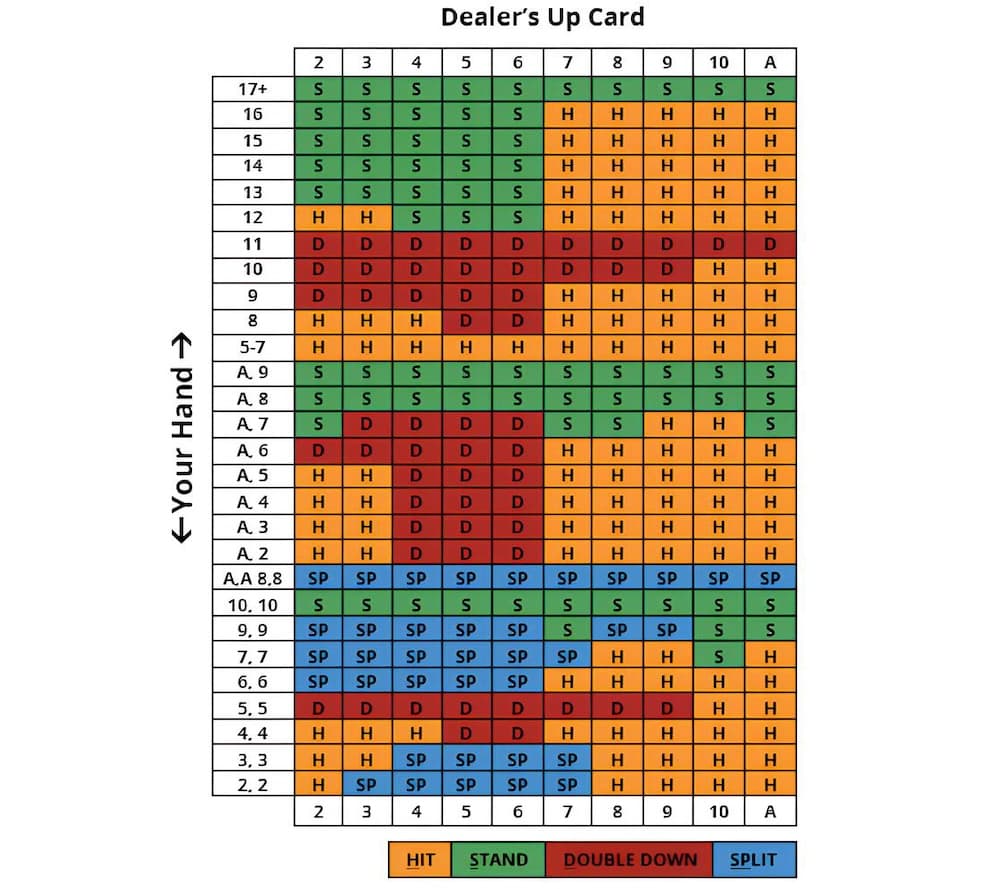
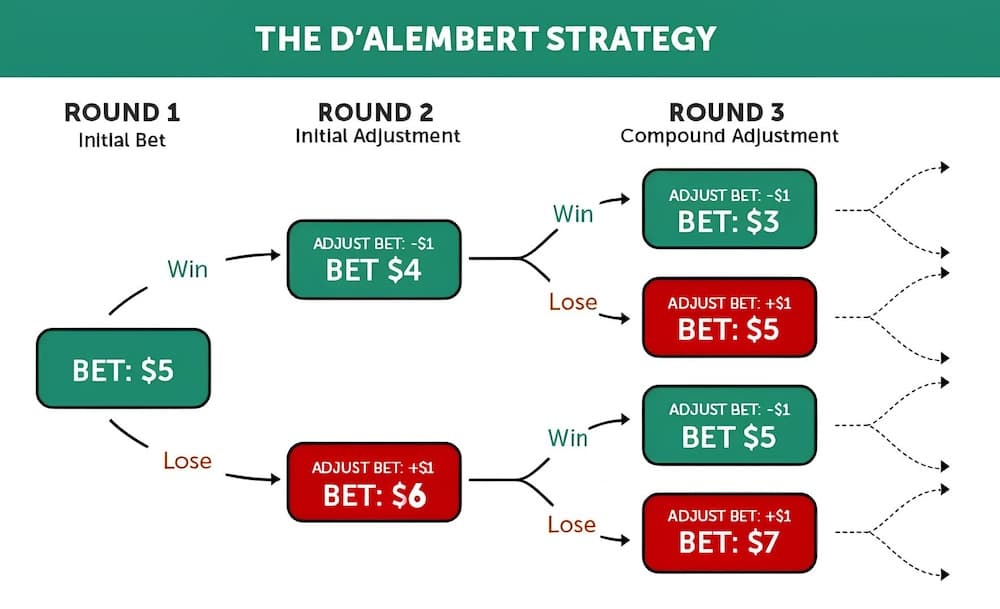
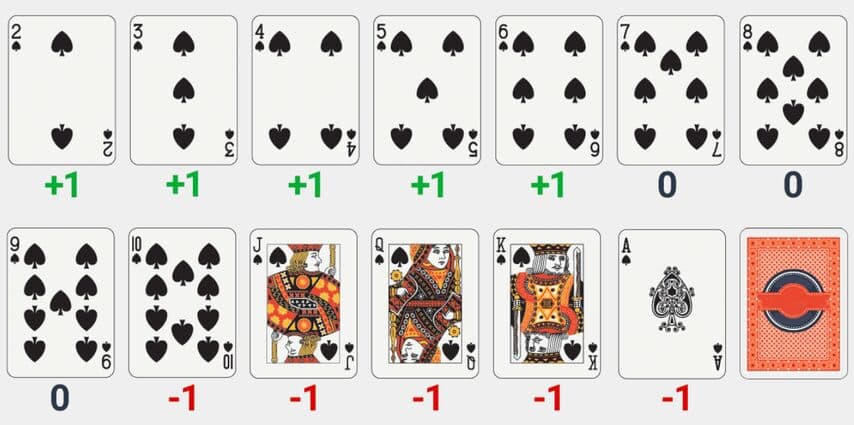
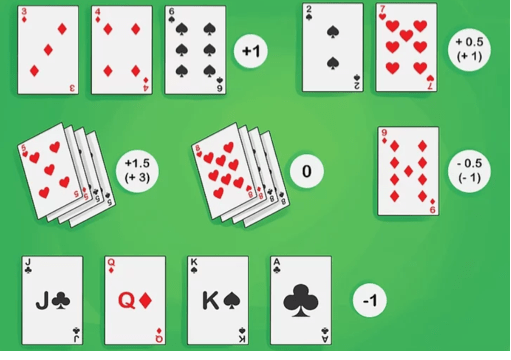

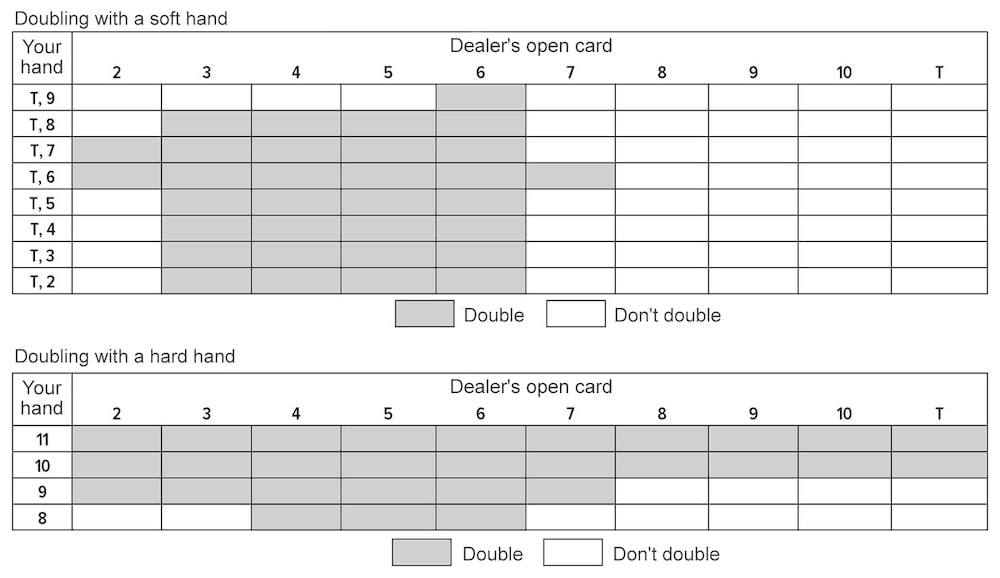


 Top 10 Best Casinos of 2025
Top 10 Best Casinos of 2025  1xSlots Casino Review
1xSlots Casino Review  Bonuses at JVSpinBet Casino
Bonuses at JVSpinBet Casino